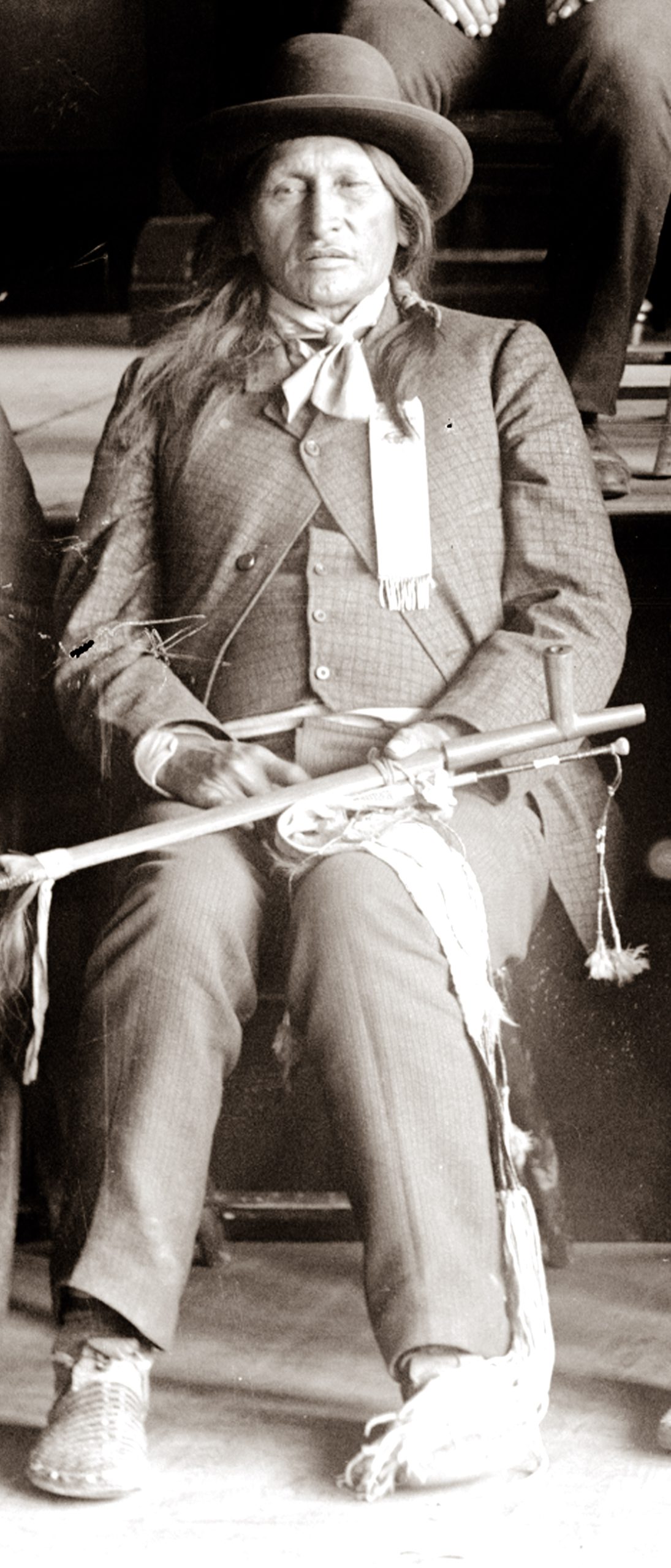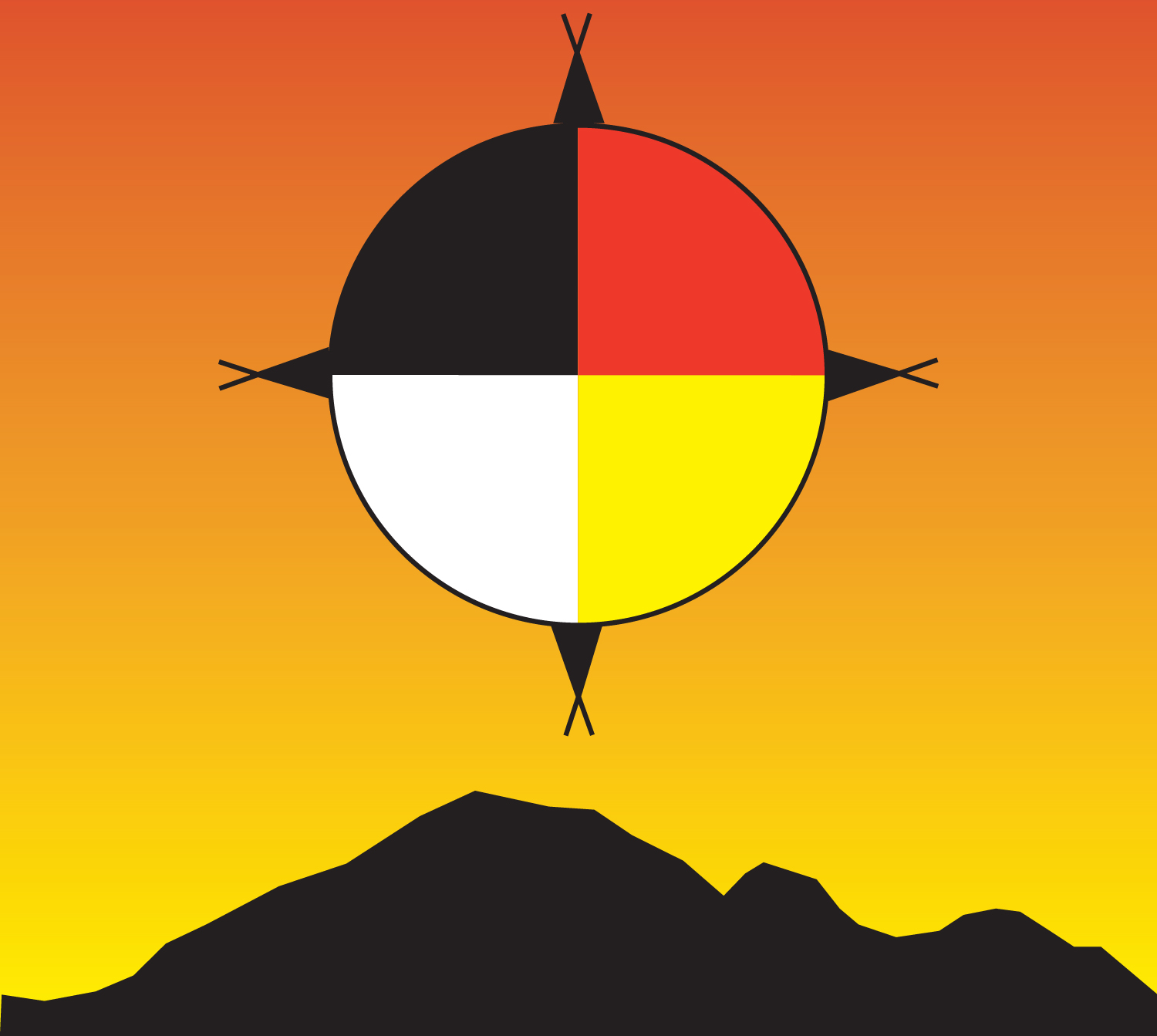Indianz.Com > News > Native Sun News Today: Wounded Knee descendants left out of repatriation process
NAGPRA not followed in repatriation of cultural items
Monday, November 28, 2022
There is an iconic 1890 photo etched deeply in the minds of most people who have ever seen it, a man, Chief Big Foot, body frozen stiff on bloody snow.
For millions of people around the world, this image, and the man, have become a symbol of military aggression, injustice, and murder. Over 250 Lakota, 47 of them women and children, were surrounded by elements of the Seventh Cavalry and while the process of disarming them was well underway, a rifle shot rang out, initiating a mass slaughter.
Although the U.S. Congress officially expressed their “deep regret” for this incident in 1990, they did not apologize, and the history since the massacre has been filled with reactions and consequences that resonate powerfully to this very day.
The lineal descendants of Chief Big Foot still survive, like Calvin and Michelle Spotted Elk, and there are two salient facts misunderstood about their ancestor. One, he was not Oglala, and those who followed him were not either; he came down to the Pine Ridge Reservation from his home on Cheyenne River, the home of the Four Bands, Minnecoujou, Oohenunpa, Itazipico, and Sihásapa. Along with some Hunkpapa from Standing Rock, these are the people who died at Wounded Knee.
NATIVE SUN NEWS TODAY
Support Native media!
Read the rest of the story on Native Sun News Today: NAGPRA not followed in repatriation of cultural items
Contact James Giago Davies at skindiesel@msn.com
Note: Copyright permission Native Sun News Today
Search
Filed Under
Tags
More Headlines
VIDEO: Cody Desautel on tribes and federal forest management
AUDIO: Legislative Hearing on Discussion Draft of Forest Management Bill
Native America Calling: Remembering the 1974 Navajo border town murders
Native America Calling: Can the right approach close the Native immunization gap?
Cronkite News: Long COVID cases remain high in Arizona
Native America Calling: Eyes in the sky for development, public safety, and recreation
Native America Calling: Three new films offer diverse views of Native life
NAFOA: 5 Things You Need to Know this Week
Chuck Hoskin: Cherokee Nation works toward cure for arthritis
Native America Calling: Protecting young people from the down sides of social media
Cronkite News: Fake ‘shaman’ among candidates failing to make Congressional ballot
Native America Calling: New Native voices in poetry
Cronkite News: Tribes air concerns about border at hearing in nation’s capital
Native America Calling: Indiginerds descend on Oklahoma City
Native America Calling: Political leaders target tribes with unfounded claims
More Headlines
AUDIO: Legislative Hearing on Discussion Draft of Forest Management Bill
Native America Calling: Remembering the 1974 Navajo border town murders
Native America Calling: Can the right approach close the Native immunization gap?
Cronkite News: Long COVID cases remain high in Arizona
Native America Calling: Eyes in the sky for development, public safety, and recreation
Native America Calling: Three new films offer diverse views of Native life
NAFOA: 5 Things You Need to Know this Week
Chuck Hoskin: Cherokee Nation works toward cure for arthritis
Native America Calling: Protecting young people from the down sides of social media
Cronkite News: Fake ‘shaman’ among candidates failing to make Congressional ballot
Native America Calling: New Native voices in poetry
Cronkite News: Tribes air concerns about border at hearing in nation’s capital
Native America Calling: Indiginerds descend on Oklahoma City
Native America Calling: Political leaders target tribes with unfounded claims
More Headlines

